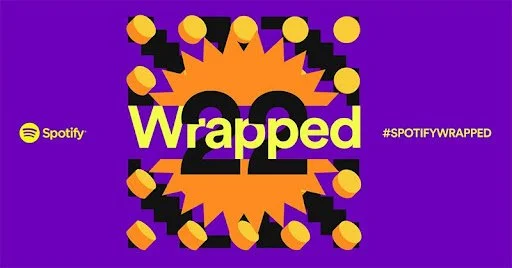Part Two: 6 Key Shifts Driven by the Subscription Economy
Last week, we began exploring how the Subscription Economy has reshaped consumer expectations, leading to increased comfort with and preference among donors for monthly recurring giving to charities.
We started with the first three of six key shifts that we can learn from the rise of the Subscription Economy, illustrated through my journey from Cassettes, CDs, and MP3s to Music-as-a-Service – specifically the service Pandora Radio and, later, Spotify. If you missed it or want a refresher, you can read part one here.
To recap, those six shifts in the Subscription Economy are:
From transactions to engaging experiences.
From ownership to access.
From anonymous buyers to known customers.
From periodic interaction to ongoing value.
From single purchases to recurring payments.
From one- or two-way communication to community.
My hope is through these lessons, you’ll begin to glimpse how the world of Subscription Philanthropy compels nonprofit leaders to move beyond the transactional “single purchase” mindset to one that provides engaging experiences, access, ongoing value, and community.
Today, we’ll finish our story, illustrating the final three shifts driven by the Subscription Economy.
Not Ready to Subscribe
Even after the delightful experience of music discovery that Pandora provided, after growing to appreciate the ability to access music anytime and anywhere, and being known, I wasn’t quite ready to subscribe.
But there was no mistaking it – Pandora had become a near-daily habit. It was delivering value in an ongoing way in a way that I had never experienced before.
💡 Takeaway: Subscription Economy Shift #4
From periodic interaction to ongoing value. Before even asking customers to spend money, these music services provided an ongoing value proposition to listeners via free versions of the service. This made the later purchase decision much easier, as ongoing value was already being experienced.
Eventually, I found I was listening to Pandora for hours each day. It had become the background soundtrack to my working life. The value to me of eliminating ads and having more “skips” outweighed the $3/mo subscription price.
Pandora became the first subscription music service I ever paid for.
💡 Takeaway: Subscription Economy Shift #5
From single purchases to recurring payments. A subscription’s accumulated experience and benefits translate into customers’ willingness to commit to recurring payments for access to the ongoing value.
Notice how many things changed before I was willing to sign up with a credit card? First, I had engaging experiences, began to understand and value the idea of ongoing access, and was known as a customer of the platforms, enabling them to personalize the experience. By the time I was willing to decide to subscribe, I was already receiving ongoing value.
Then in 2011, along came Spotify and changed the game, again.
Spotify Ups the Value Proposition
Spotify was founded in 2006 but did not come to the United States until 2011. By that time, the music streaming subscription was exploding onto the scene worldwide.
Spotify had the exciting customer experience of discoverability, using algorithms to predict songs and artists that users might like, but it added the ability to control the listening experience.
Want to listen to a specific song right now?
You could, with Spotify.
Want to play just one album over and over again?
You could, with Spotify.
Want to create a custom playlist with the songs and artists you want?
You could, with Spotify.
Want to share that playlist with your friends so they can enjoy it?
You could, with Spotify.
I’m not an early adopter, so it took me a couple of years to realize how powerful this value proposition was. Like Pandora, I started with the free version – listening to ads every few songs and not having many of the features of the full subscription version, like the ability to control music selection on the mobile app.
But eventually, the value proposition was too good, and I subscribed to Spotify. The combination of discovering new music, the ability to listen anytime and anywhere on different devices, increased control and shareability, and access to the world’s music, all starting at $9.99/mo, pushed me over the edge.
That was in November of 2018. Over the years, as our kids have started to use it and features have been released, we’ve upgraded. As of this writing, over about five years, I’ve spent $735.66 with Spotify.
Depending on your history with buying music, $700+ for listening to music over five years may sound like a lot of money or not much. But I can assure you, it’s a considerable increase in spending compared to my days purchasing cassette tapes or CDs!
Over time, as a customer, I began engaging in Spotify as a community experience. I would share playlists with friends or subscribe to playlists curated by people I knew and respected.
Then there was Spotify Wrapped, which has taken the community aspect of the subscription experience to another level.
Above: Spotify Wrapped is a hyper-personalized summary of your last year of listening habits, generating engagement through sharing with community.
Each year, Spotify prepares a summary recap of the listening habits of each listener from the last year. Spotify Wrapped is a “celebration of the year gone by and an invitation to join in on the fun.” Each holiday season, social media feeds are filled with joyful (and sometimes angry) posts of people reflecting on the year that was, illustrated by the music and themes they listened to most.
In this way, the subscription becomes even more value, because it is a way to associate with and connect to community, all around a shared and very personal interest in music.
💡 Takeaway: Subscription Economy Shift #6
From one- or two-way communication to community. Over time, as a customer, I began engaging in the broader community experience through things like Spotify Wrapped or sharing playlists I enjoy with others.
Let’s recap what we’ve learned from the subscription economy and the importance of the shift to an ongoing value proposition. After all, the move from single purchases to recurring payments only follows when the value of that ongoing value exceeds the commitment of the subscription.
Six Shifts Driven by the Subscription Economy
From transactions to engaging experiences.
From ownership to access.
From anonymous buyers to known customers.
From periodic interaction to ongoing value.
From single purchases to recurring payments.
From one- or two-way communication to community.
If you are a nonprofit organization translating this to fundraising – a la Subscription Philanthropy – you would do well to consider what your monthly giving program looks like in terms of:
Cultivating engaging experiences.
Offering access they would not otherwise have to the cause.
Personalizing the experience because you know your donors.
Providing ongoing value to foster continued support.
Encourage the conversion from one-time giving to recurring giving.
Nurturing the community of donors connected to the cause.
How about you? I would love to hear from you – what has been your experience with subscriptions? If you are a nonprofit leader, are you seeing these shifts play out with your recurring giving program?
Until next week… Surfs Up! 🌊
- Dave

